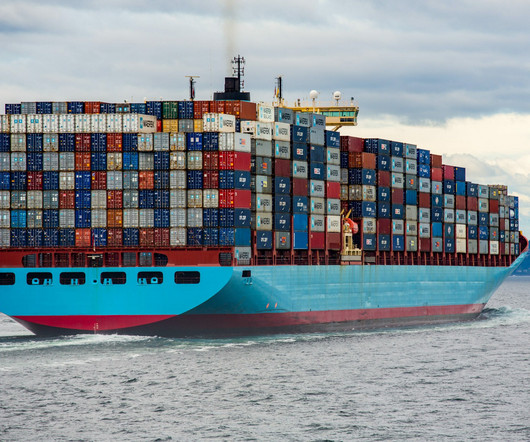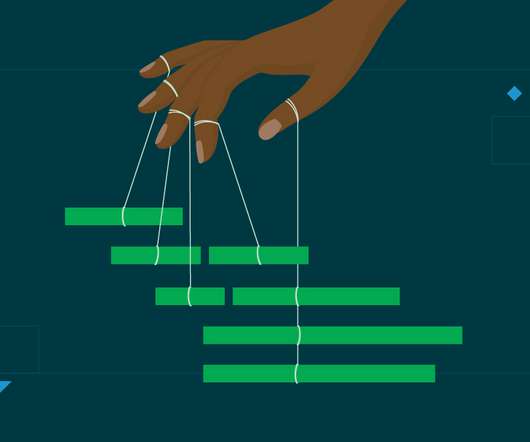Apiumhub organizes the Global Software Architecture Summit in Barcelona, October 10, 2019
Apiumhub
MARCH 26, 2019
Mark Richards is an experienced, hands-on software architect involved in the architecture, design, and implementation of microservices architectures, service-oriented architectures, and distributed systems. He has a particular interest in the adoption of Architecture, Agile, DevOps and Cloud as innovation enablers. Ian Gorton.
















Let's personalize your content